Today’s elections will reveal many aspects – one of the most important is the future of indigenous groups in Brazil. Ton Molina’s photos document the ongoing battle.
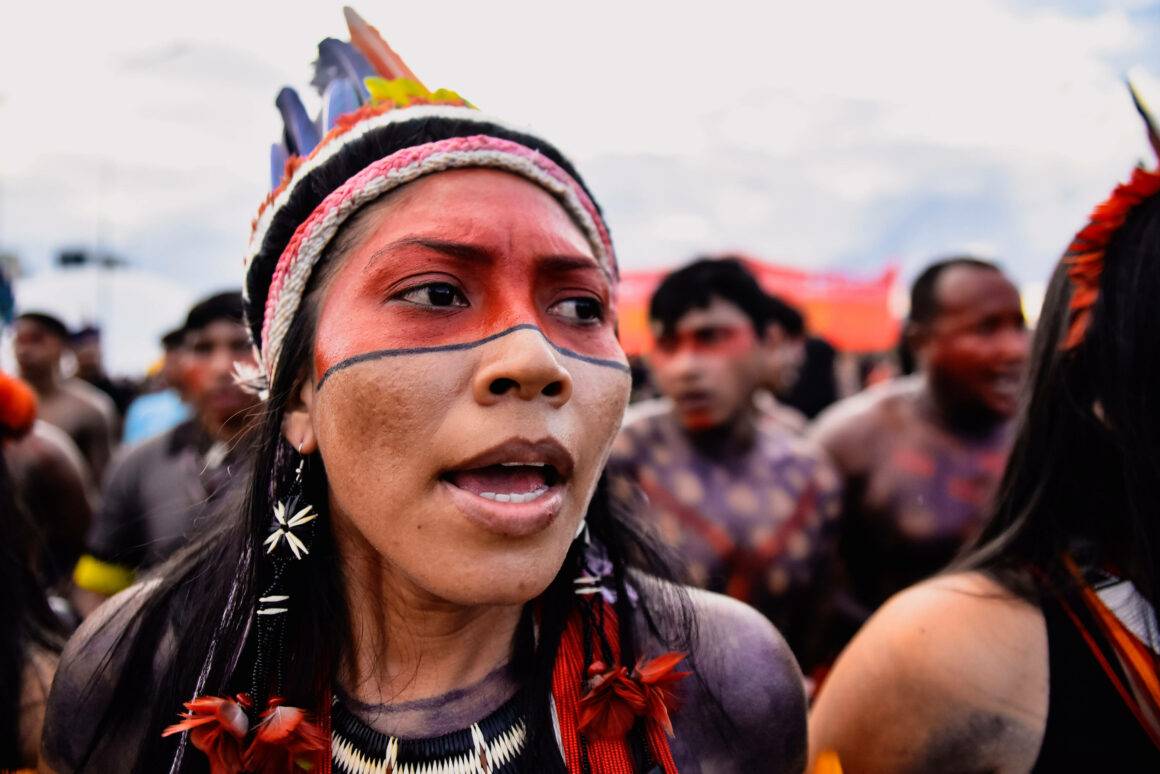
What the elections mean for indigenous groups in Brazil. Interview with Ton Molina.
Photojournalist Ton Molina from IMAGO’s partner Fotoarena exposes some of the major sociopolitical issues dividing the country. In light of today’s divisive elections, his photos of indigenous groups in Brazil fighting for change and protection throughout Jair Bolsonaro’s presidency tell the stories of a resilient community that has refused to back down as its home has been under perpetual threat. Meanwhile, rallies with Bolsonaro supporters waving the Brazil flag show a different side of one of today’s most polarized societies.
Through deforestation and wildfires ravaging the Amazon Rainforest, along with violent attacks against indigenous people including almost 200 recorded murders last year, Ton says that the election outcomes will be pivotal for indigenous groups in Brazil.
Originally from São Paulo, Ton moved to the capital, Brasilia, and has fully immersed himself into photographing the movement. For our October series Local Heroes, IMAGO spoke to him about Brazil’s intense polarization amidst the elections and what is at stake for the future of indigenous groups in Brazil.
“I seek to capture the fighting spirit and historical resistance of these people, having the camera and my equipment as my weapon…This year’s election is seen as the one that can reverse the attacks on the Amazon and indigenous communities, to increase the fight against deforestation and for the protection of the forest.”


Thanks Ton for agreeing to speak with us. We are interested in the upcoming elections and how they will impact indigenous groups in Brazil. But first off, I am curious about your experience documenting the situation throughout Jair Bolsonaro’s term. How important are these elections regarding polarization in Brazil? As a journalist, how do you think they will turn out?
Thank you for contacting me. I started to record politics in the capital of Brazil, where the representation of the executive, legislative and judiciary powers was installed in mid-2021. I started to follow the political clash between governors of Brazilian states and the president of Brazil in relation to the way Bolsonaro treated the fight against Covid-19. I believe that is where this polarization that currently divides Brazil was born.
President Jair Bolsonaro did not get vaccinated and adopted a position in which he ignored the protocol measures to combat Covid-19 recommended by the United Nations. As a result, a portion of the population that helped elect him followed the same pattern. Thus, on the one hand, there were politicians, representative entities and a large part of civil society supporting vaccination and the protection protocol to contain the virus recommended by the UN; And, on the other hand, a significant portion of the population that denied public health measures, following what the president preached.
The polarization in this year’s elections is visible. In the streets, on social networks, in WhatsApp groups, chats between friends and there are even ideological political clashes between people of the same conviviality. Everywhere you look, there are flags and T-shirts of two candidates: the current president of Brazil and candidate for reelection Jair Bolsonaro, and the former president Luiz Inácio Lula da Silva, who leads the electorate’s preference in public opinion polls.
The effect of polarization, in my view, is not healthy for elections, much less for society – the cultural broth of this fight. The two candidates who share the voter’s preference present themselves in an arena of struggle between good and evil, and with that they inflame their supporters.
As a journalist, I believe that we will have the most nerve wracking presidential election in Brazil in its entire history of redemocratization. There are even rumors of a coup and non acceptance of the results of the polls, based on strong statements by the president. My support is for common sense to win and democracy to be strengthened, which is better for all people in all social strata.
“The attacks against indigenous communities, with the murder of their leaders, are recurrent and are in general, associated with groups linked to illegal mining, predatory fishing in the Amazon, the agricultural sector and, lastly and very importantly, the dismantling of inspection and assistance bodies.”
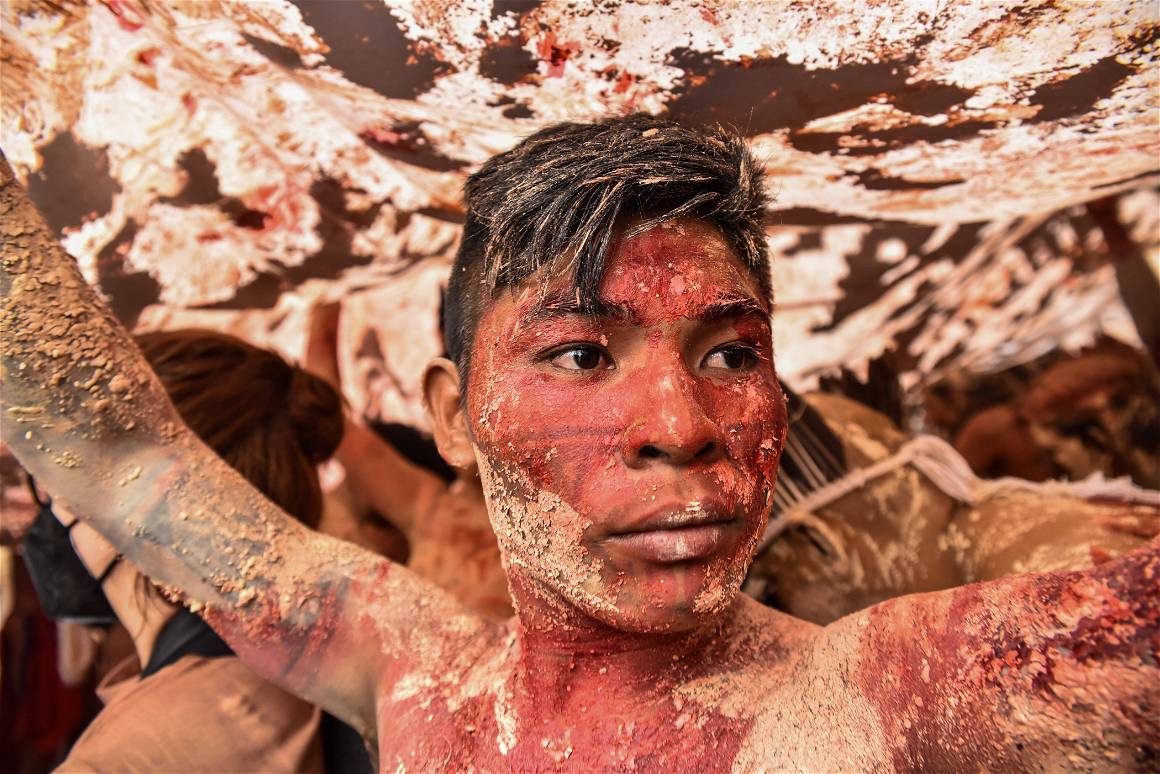
You have taken some striking photos of the mobilization of indigenous groups in Brazil, specifically the capital of Brasília — what are some of their demands and what is at stake for them with the upcoming elections? What are you trying to show with your photos?
Documenting the acts and protests of indigenous groups in the capital has been a remarkable experience in my life from the perspective of a photojournalist. What native peoples want is respect for their culture and existence, based on an effective indigenous policy, especially with the demarcation of lands belonging to them.
The attacks against indigenous communities, with the murder of their leaders, are recurrent and are in general, associated with groups linked to illegal mining, predatory fishing in the Amazon, the agricultural sector and, lastly and very importantly, the dismantling of inspection and assistance bodies. The numbers of this tragedy can be seen in the data from the 2021 Report on Violence against Indigenous Peoples in Brazil, published by the Indigenous Missionary Council – CIMI.
According to the publication, there were 355 cases of violence recorded against indigenous people in Brazil in 2021. With 176 murders, a little lower than in 2020, which recorded 182. In this year 2022 the killing continues. In the last week, there were at least four deaths in different ethnicities spread across the states of Bahia, Maranhão, Rondônia.
The situation is serious and requires constant attention on the part of the State, which, unfortunately, does not happen at the moment in Brazil. The president reduces indigenous lands for the expansion of agricultural and livestock production, and dismantles environmental inspection agencies. All of this can be seen in the increase in wildfires in the Amazon and in the advance of attacks against indigenous communities.
This reality could change with the victory of former president Lula, in this year’s elections. The former president, regardless of political ideology on my part, shows himself to be a defender of the rights of indigenous peoples and communities, and concentrates great support from leaders and representative entities in the defense of indigenous rights.
So, I will say with all my heart, if I had to sum up in one word what I want to achieve with my photos, my gaze and my camera lens, the word would be FIGHT. By recording the acts and manifestations of indigenous peoples in my country, I feel myself fighting with them for the right to demarcate their lands and to live in peace.
They are the owners of this land. They existed when Brazil was colonized, they were the inhabitants and guardians of the woods and forests. Therefore, I am physically and morally present in the demonstrations and strive through my records to show how much indigenous people have been suffering from environmental degradation in recent years. I seek to capture the fighting spirit and historical resistance of these people, having the camera and my equipment as my weapon.
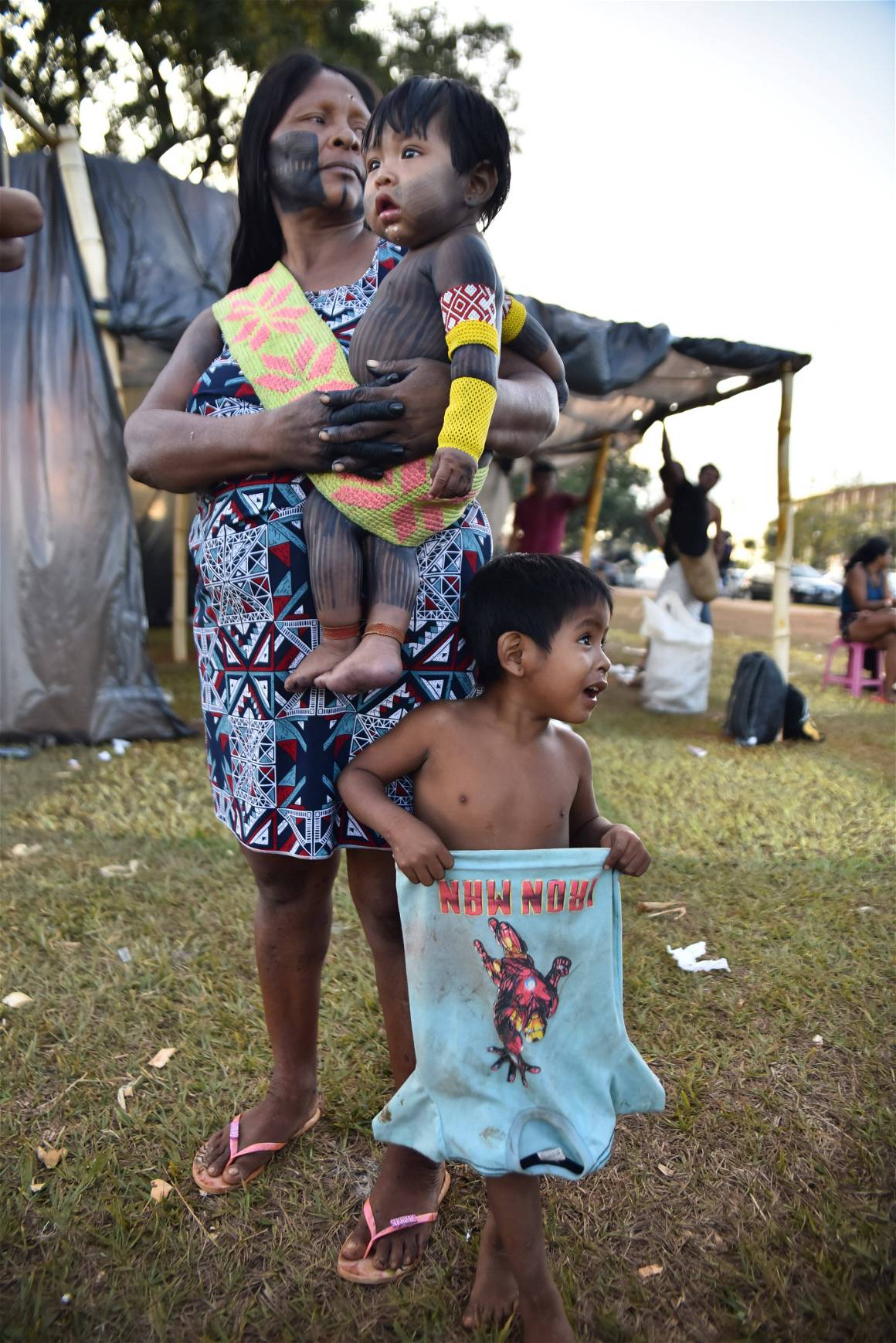
With protecting indigenous groups in Brazil comes also protecting the Amazon Rainforest, but many fear that Bolsonaro’s policies will lead to more deforestation and neglect if re-elected. How important do you see the election is for protecting the Amazon and indigenous groups in Brazil?
Unfortunately, based on the current reality, if Bolsonaro is re-elected, we cannot expect a decrease in the deforestation of the Amazon forest, as this is not a commitment of his mandate, which clearly defends the reduction of indigenous lands and prioritizes agribusiness and does not always act in a politically and environmentally sustainable manner, nor defines and develops compensatory policies. The news shows us every day the increase in deforestation in the Amazon and the consequences of this lack of sustainable indigenous and environmental policies. It is all in the numbers and in the statistics.
This year’s election is seen as the one that can reverse the attacks on the Amazon and indigenous communities, to increase the fight against deforestation and for the protection of the forest. But that will depend on the voters. In my view, this all involves the demarcation of indigenous lands. Without this, the struggles, mass attacks on indigenous rights will continue and Brazilian forests and biomes will continue to be decimated.
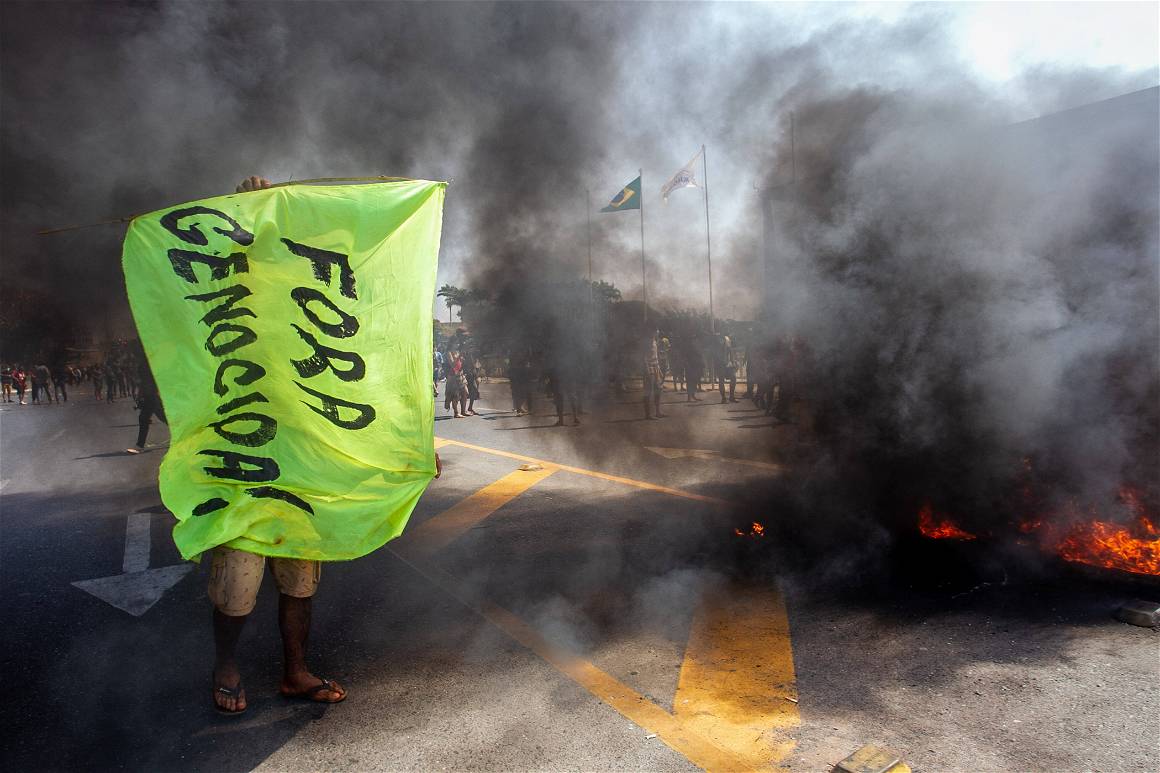
Looking at your photos, can you tell us about the Terra Livre Camps as well as Bruno Pereira and Dom Phillips? Are there any moments or people from your time photographing that have made an impact on you?
The photos of the Terra Livre campground speak for themselves. Being there among the indigenous people who fight for their rights, listening to the chants – some mournful and others as if they were sung prayers – smelling the earth stirred by the dancing feet; looking into the eyes of each of them and seeing a warrior spirit of confrontation and resistance, of not giving up the fight, was impactful, emotional, and full of incredible sensations for me.
Some of my photos reveal the look of suffering of the older indigenous people – the expression of the weariness of the struggles of a lifetime to take possession of what is rightfully yours. At the same time, there is a glow of hope and vigor in the eyes of the younger ones.
In relation to indigenist Bruno Pereira and journalist Dom Phillips, these were white voices in defense of the peoples of the forests and the Amazon rainforest itself. They denounced and sought to combat the mistreatment and violent attacks on indigenous people and the escalation in the predatory deforestation of the Amazon. Bruno and Dom were murdered, but their voices and struggles continue and will continue to echo in defense of the Amazon and indigenous peoples.
In photojournalism, I have special admiration for two colleagues who became my friends. Orlando Brito, who had special affection and attention to the struggle of indigenous peoples, and who also made a magnificent, exemplary coverage of Brazilian politics, recording in images historical moments that occurred since the military dictatorship and the resumption of the process of re-democratization in Brazil. Orlando Brito is the great legend of photojournalism here in Brazil and an idol for all of us in the profession.
The other is Ueslei Marcelino, a photojournalist for the Reuters agency, for whom I have great esteem and greatly appreciate the work of documenting indigenous peoples on their lands and various ethnic groups spread across Brazil.
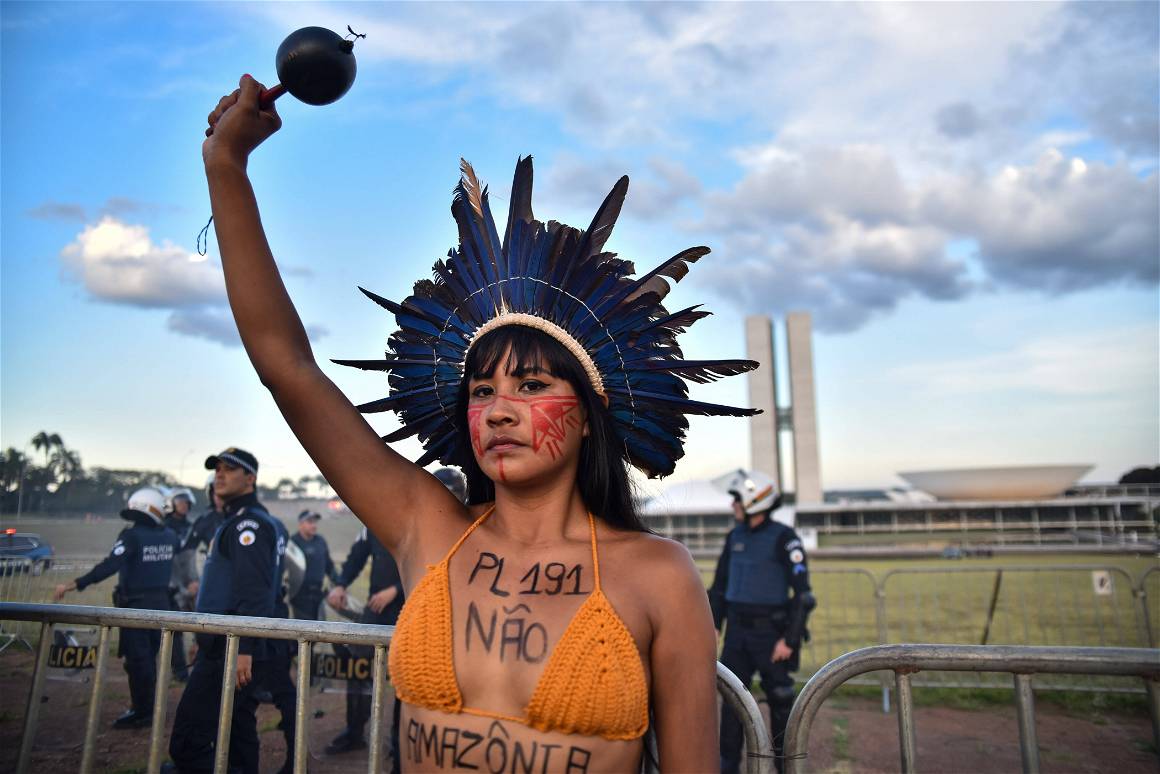
How do you see your role as a photojournalist during such a decisive time in Brazil?
Photographing the political history of Brazil is, in my view, writing the facts in images, immortalizing the events so that successive generations know the political and social process as it actually happened. It is a responsibility loaded with the will to improve at all levels.
And I’m not just talking about the political process and the responsibilities and actions of politicians as agents representing the population – but the awareness of people who are, at the end, those who elect and who live day to day in the country.
The work of the press is fundamental and decisive for the process of transparency, fighting corruption, a cancer that plagues the Brazilian political process.
I see my role as a photojournalist in recording with my daring and astute lens the facts against which there are no arguments. This is the power of photography, to prove in an image the undeniable. To do journalism with images in the fight for the maintenance of a free, independent press to denounce what needs to be denounced and applaud what is done well.
My struggle and, consequently, hope, is for my grandson Lucca, now three years old, and his children and future generations to live in a country that is politically, socially, environmentally and morally better. My role as a photojournalist is to work to make this a reality.
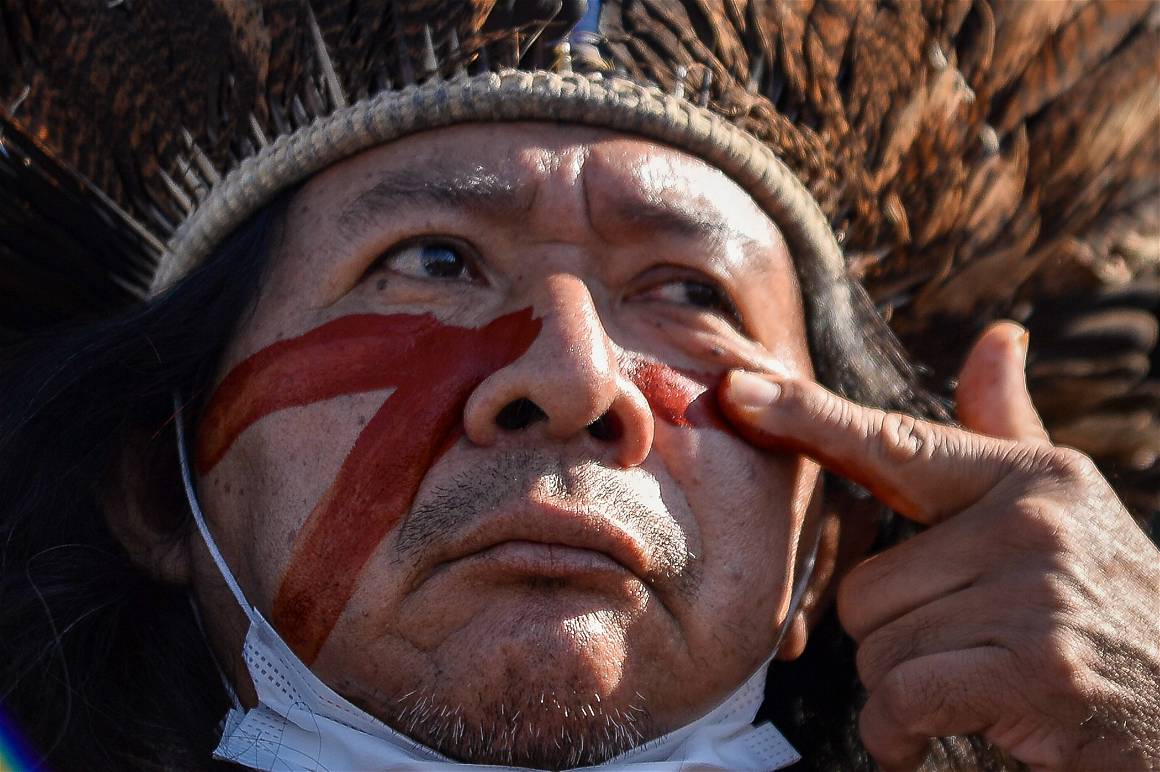
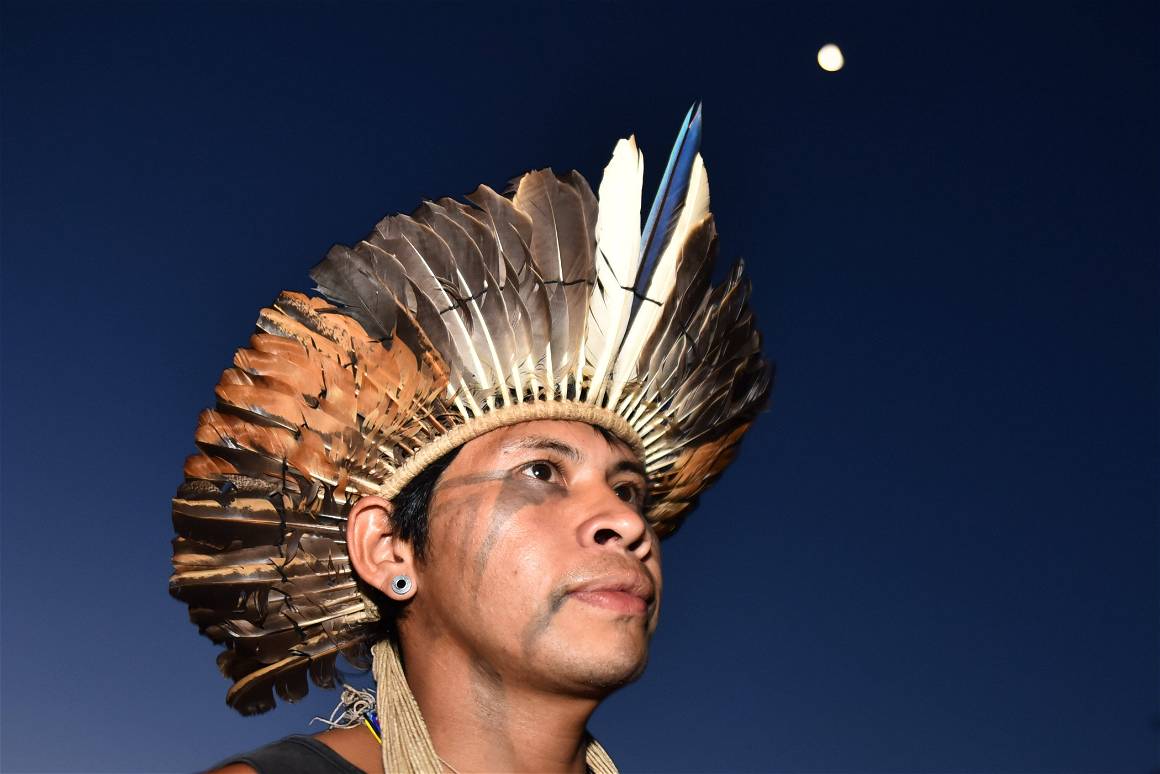

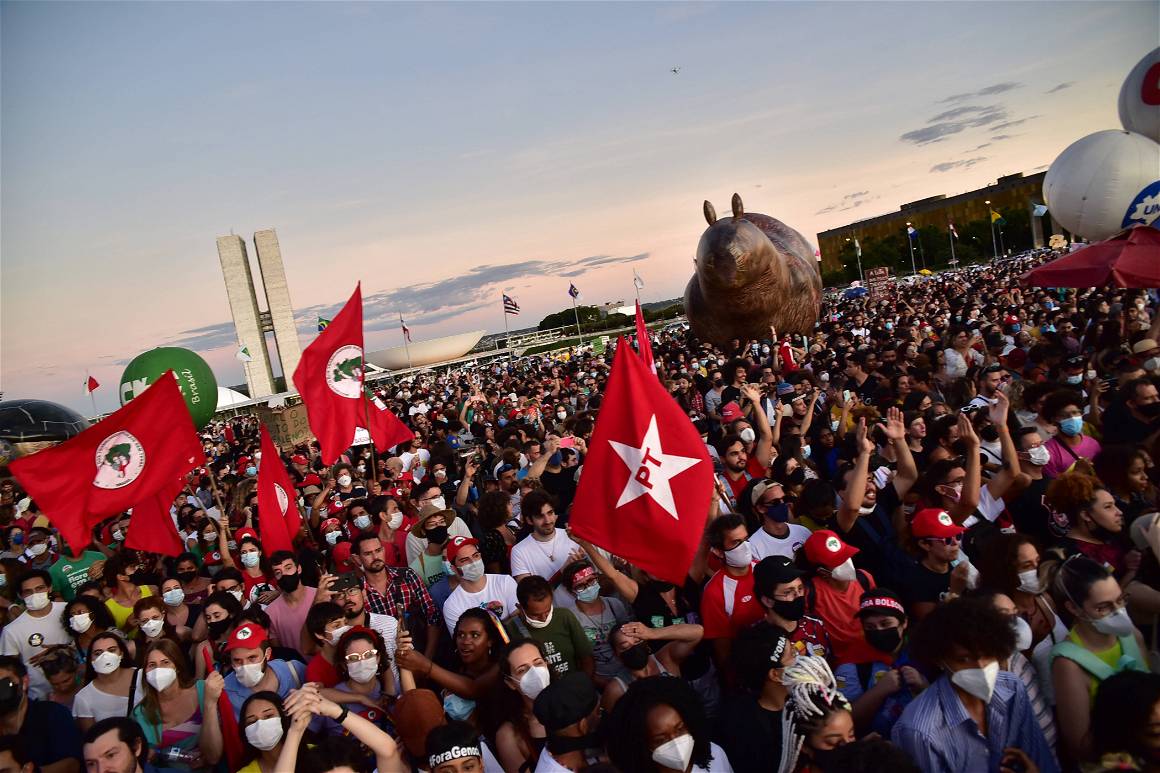
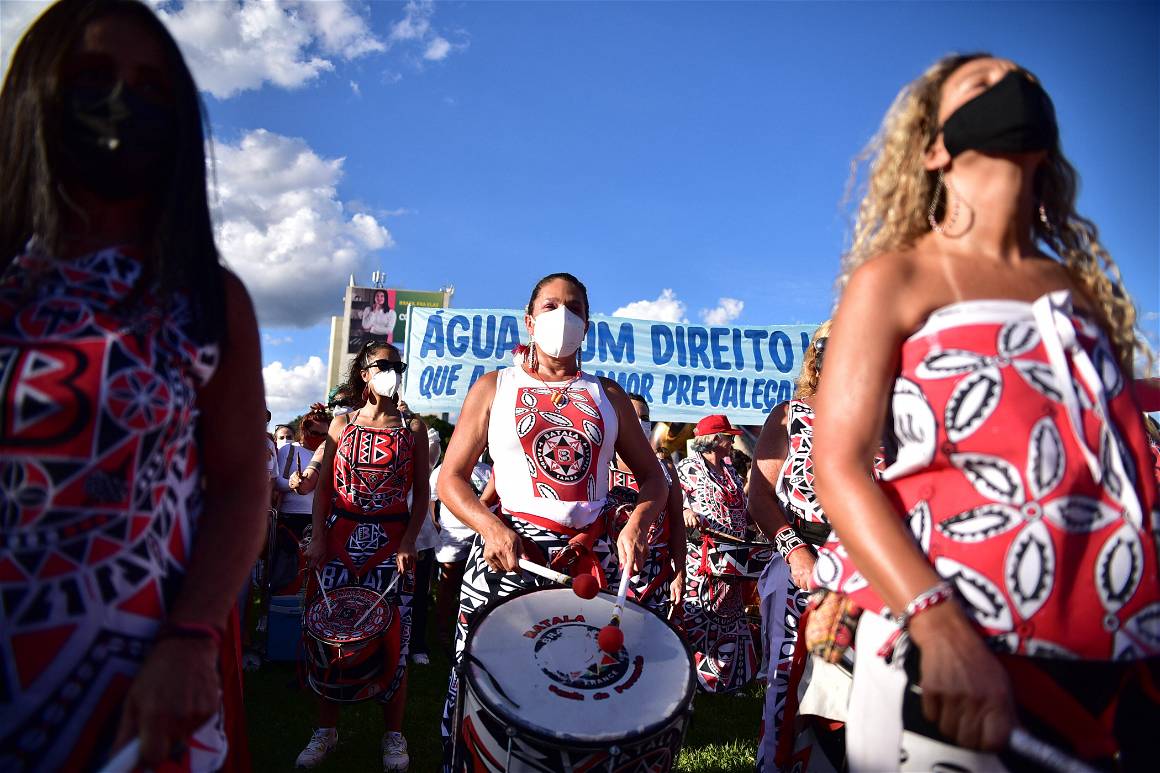
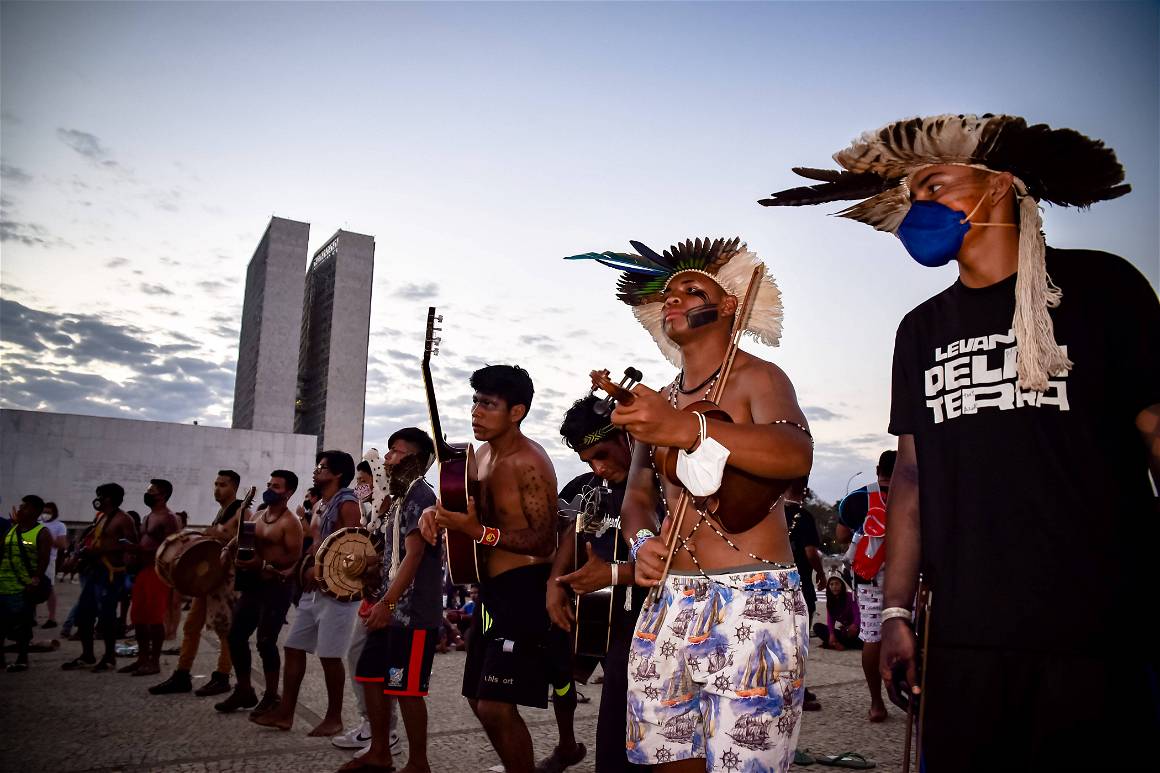
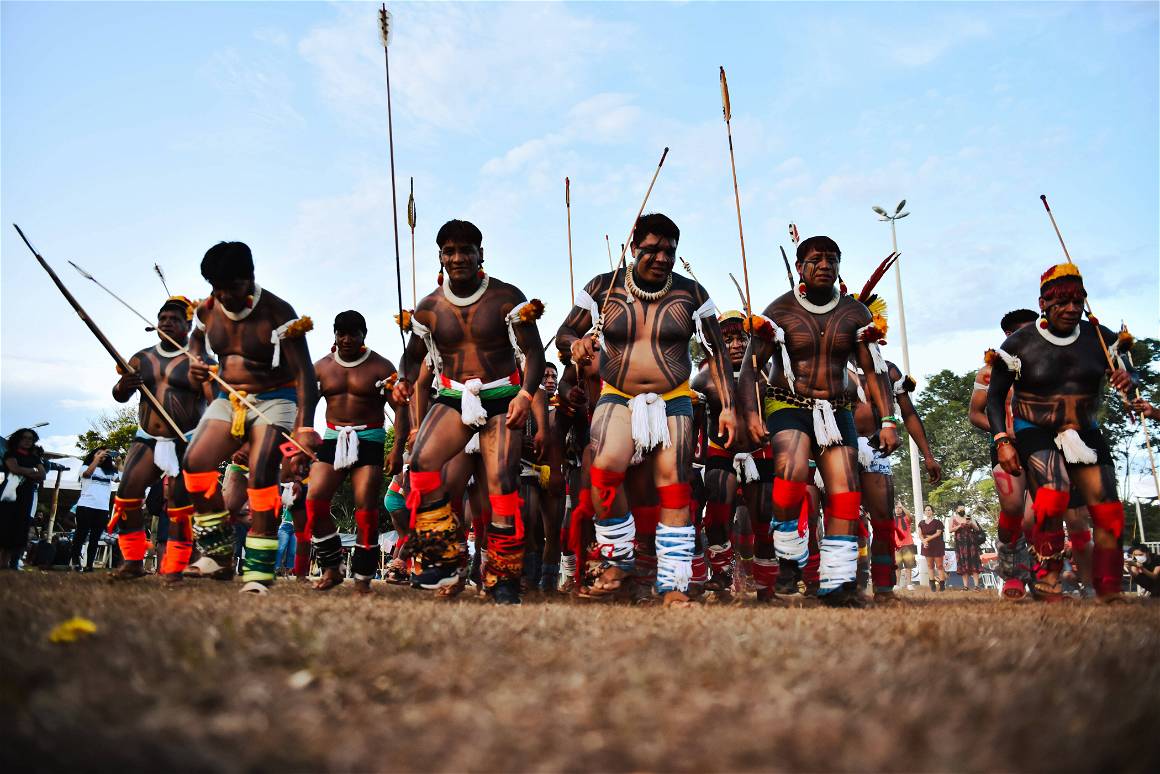

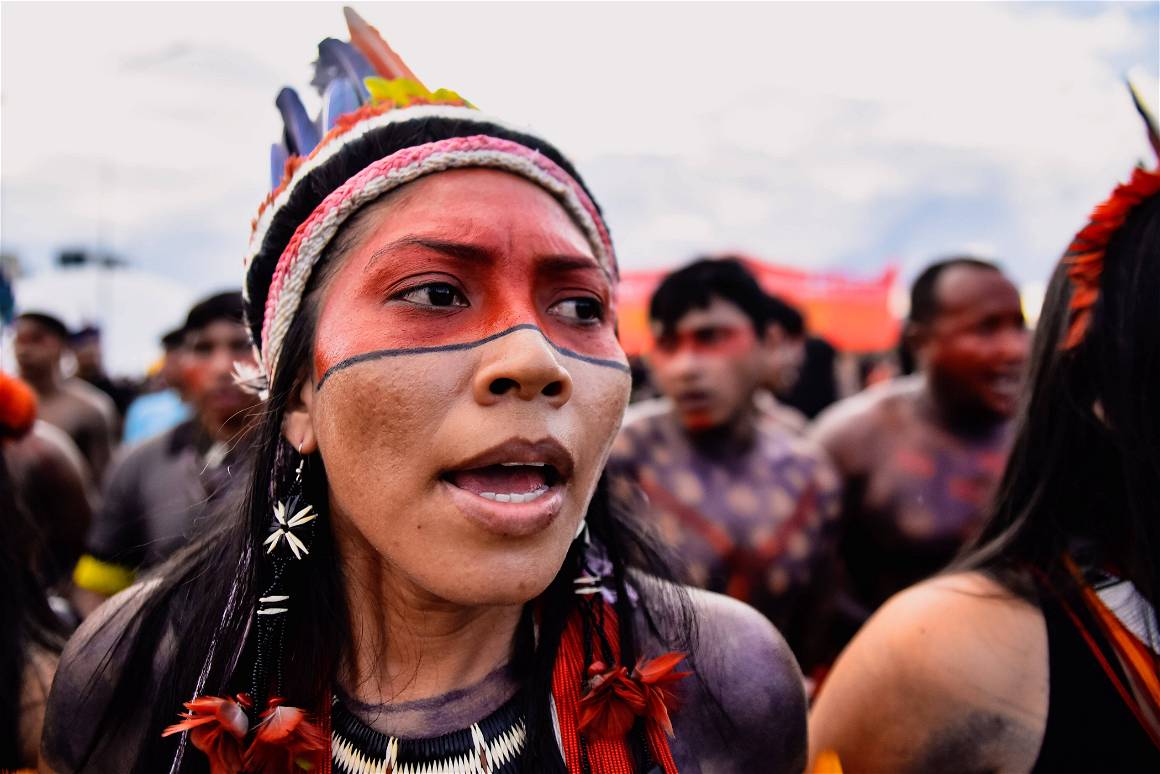
Other previous articles on marginalized groups include:
What is left of Yemen’s Jewish Community
Black History Month: The fight for voting rights in the United States
How LGBTQ+ Community’s largest demographic falls between the cracks.


